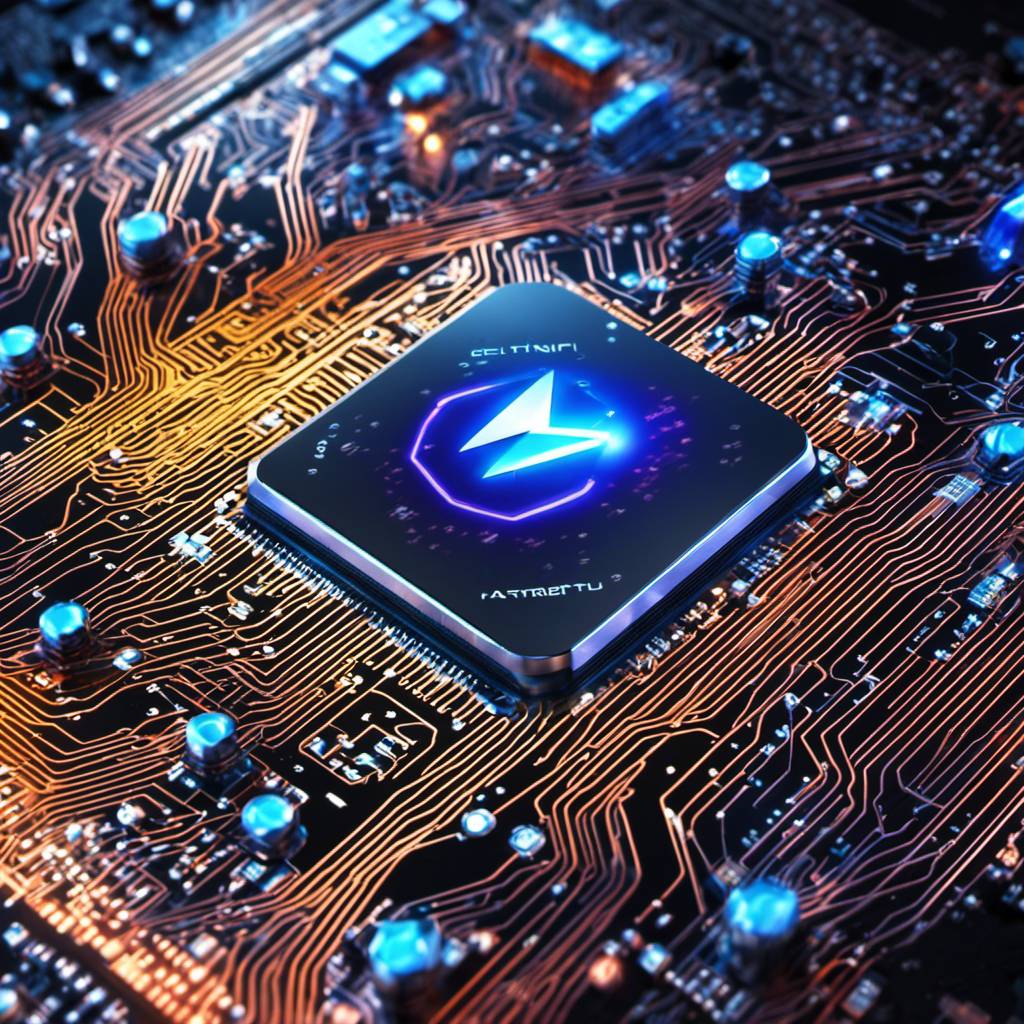In the realm of computing, we’re at a crossroads. The renowned Moore’s Law, which postulates that the number of transistors on a chip will double annually, is facing a slowdown due to physical constraints on the number of transistors that can be economically packed onto microchips. As the demand for high-performance computers capable of supporting increasingly sophisticated AI models grows, the rate of computer power expansion is slowing down. This has prompted engineers to explore innovative ways to boost the computational prowess of their machines. One potential solution lies in photonic computing.
Photonic computing systems, unlike traditional ones that rely on transistors and wires, harness photons (tiny particles of light) to carry out computational tasks in the analog domain. These energy packets are produced by lasers and travel at light speed, akin to a spaceship zooming at warp speed in a sci-fi flick. When photonic computing cores are integrated with programmable accelerators like a network interface card (NIC) and its advanced version, SmartNICs, the resulting hardware can supercharge a conventional computer.
MIT researchers have taken advantage of this photonic potential to speed up contemporary computing by demonstrating its potential in machine learning. Their photonic-electronic reconfigurable SmartNIC, christened “Lightning,” aids deep neural networks – AI models that mimic brain information processing – in performing inference tasks like image recognition and language generation in chatbots such as ChatGPT.
However, implementing photonic computing devices presents a significant challenge: they are passive and lack the memory or instructions necessary for dataflow control, unlike their electronic counterparts. Previous photonic computing systems faced this bottleneck, but Lightning overcomes this hurdle, ensuring seamless data movement between electronic and photonic components.
MIT Associate Professor Manya Ghobadi and her team at the MIT Computer Science and Artificial Intelligence Laboratory (CSAIL) identified and addressed this issue. They combined the speed of photonics with the dataflow control capabilities of electronic computers. Their hybrid system employs a reconfigurable count-action abstraction that connects photonics to the electronic components of a computer, acting as a unified language between the two, controlling access to the dataflows passing through.
Machine-learning services performing inference-based tasks, such as ChatGPT and BERT, currently require substantial computing resources. These services are not only costly but also environmentally harmful. Lightning, however, uses photons that move faster than electrons in wires and generate less heat, making it more energy-efficient.
The Ghobadi group compared their device to standard graphics processing units, data processing units, SmartNICs, and other accelerators by synthesizing a Lightning chip. They found that Lightning was more energy-efficient when completing inference requests. “Our synthesis and simulation studies show that Lightning reduces machine learning inference power consumption by orders of magnitude compared to state-of-the-art accelerators,” says Mingran Yang, a graduate student in Ghobadi’s lab and a co-author of the paper.
Lightning offers a more cost-effective, faster alternative, potentially enabling data centers to reduce their machine learning model’s carbon footprint while speeding up the inference response time for users.
The research was supported in part by the DARPA FastNICs program, the ARPA-E ENLITENED program, the DAF-MIT AI Accelerator, the United States Army Research Office through the Institute for Soldier Nanotechnologies, National Science Foundation (NSF) grants, the NSF Center for Quantum Networks, and a Sloan Fellowship. The team will present their findings at the Association for Computing Machinery’s Special Interest Group on Data Communication.
